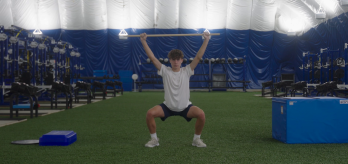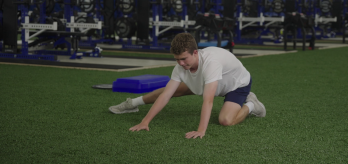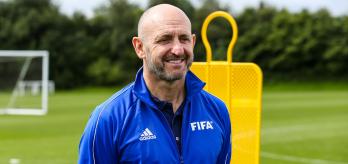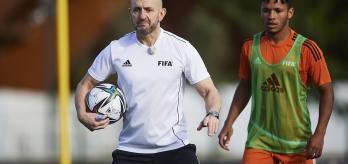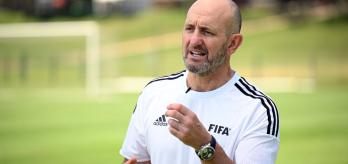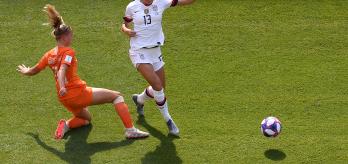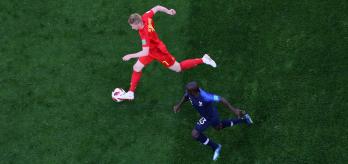The overall goal of this series is to give basic insight into key types of athleticism training for youth players and to provide training exercises designed particularly for individuals or organisations with limited equipment. The featured exercises can easily be incorporated into an overall training programme, and exposing players to them on a regular basis can help to establish solid foundations with a view to achieving the following two main goals within the development of athleticism in youth players:
1. Enhance physical robustness to cope with the demands of the game
2. Improve on-field dynamism
Smart training: a snapshot
Building more with less is a key tenet of smart training. Rather than interfering with football development, athleticism training should complement it. Smart training is designed to have a small footprint in the overall training schedule, while making a big impact from a developmental perspective. Efficiency and practicality are paramount. Any exercises that do not contribute towards the accomplishment of the goal or are one-dimensional should be replaced with high-value, multi-dimensional exercises that play a part in building the foundational pillars of on-field athleticism. In addition, sessions must be compact and scheduled at the right times to meet the needs of the given session, the training week and the overall training programme.
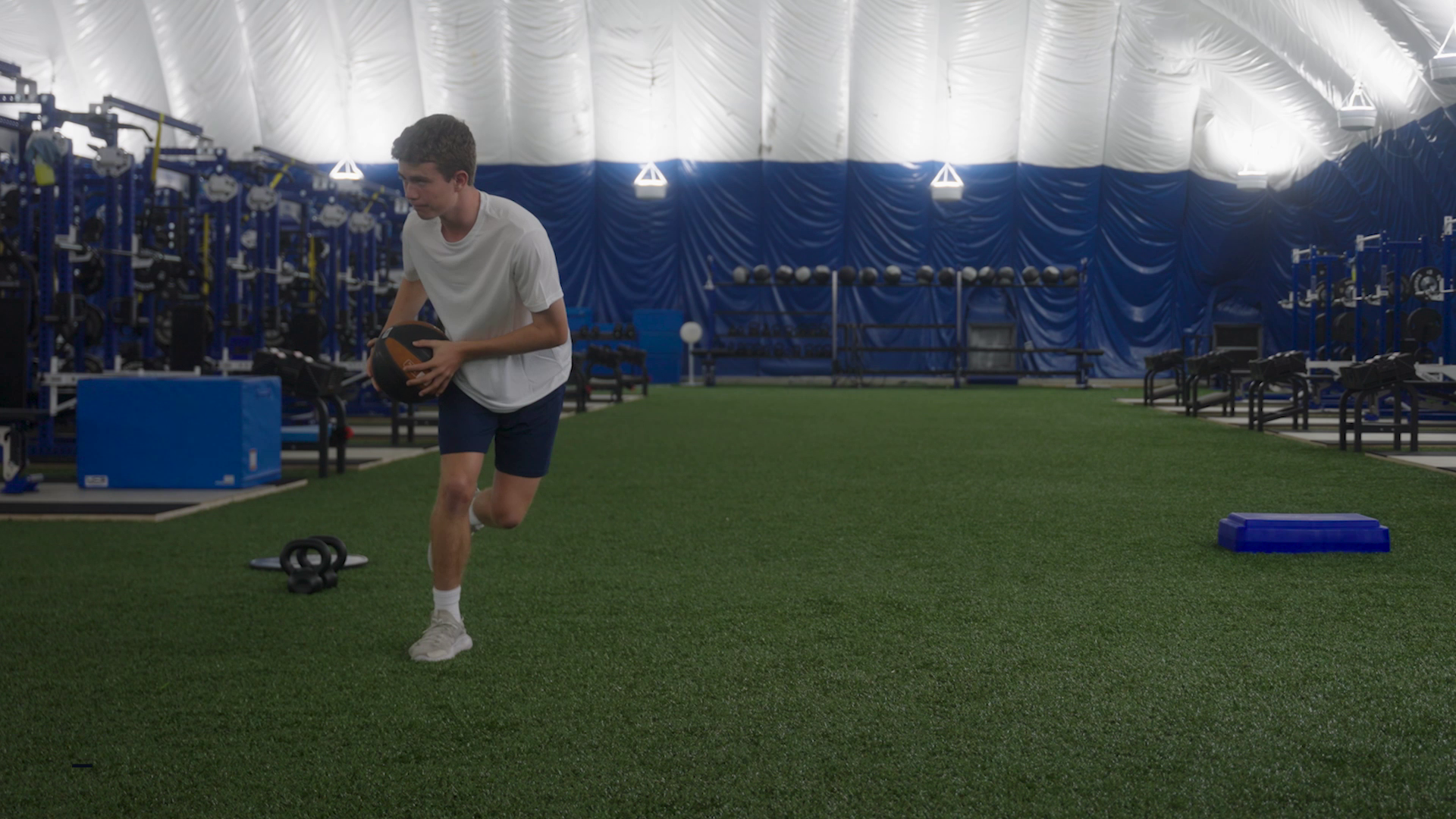
Content
The series examines the relationship between the key attributes of athleticism (explosivity, mobility, stability and strength) and how they can be combined to form a training objective. The content focuses on multi-dimensional exercises, e.g. a strength exercise that involves elements of stability and mobility, with a view to establishing layered foundations for the development of athleticism. The exercises are simple and the majority of them are bodyweight exercises, which makes them accessible to all individuals and organisations, including those with limited equipment.
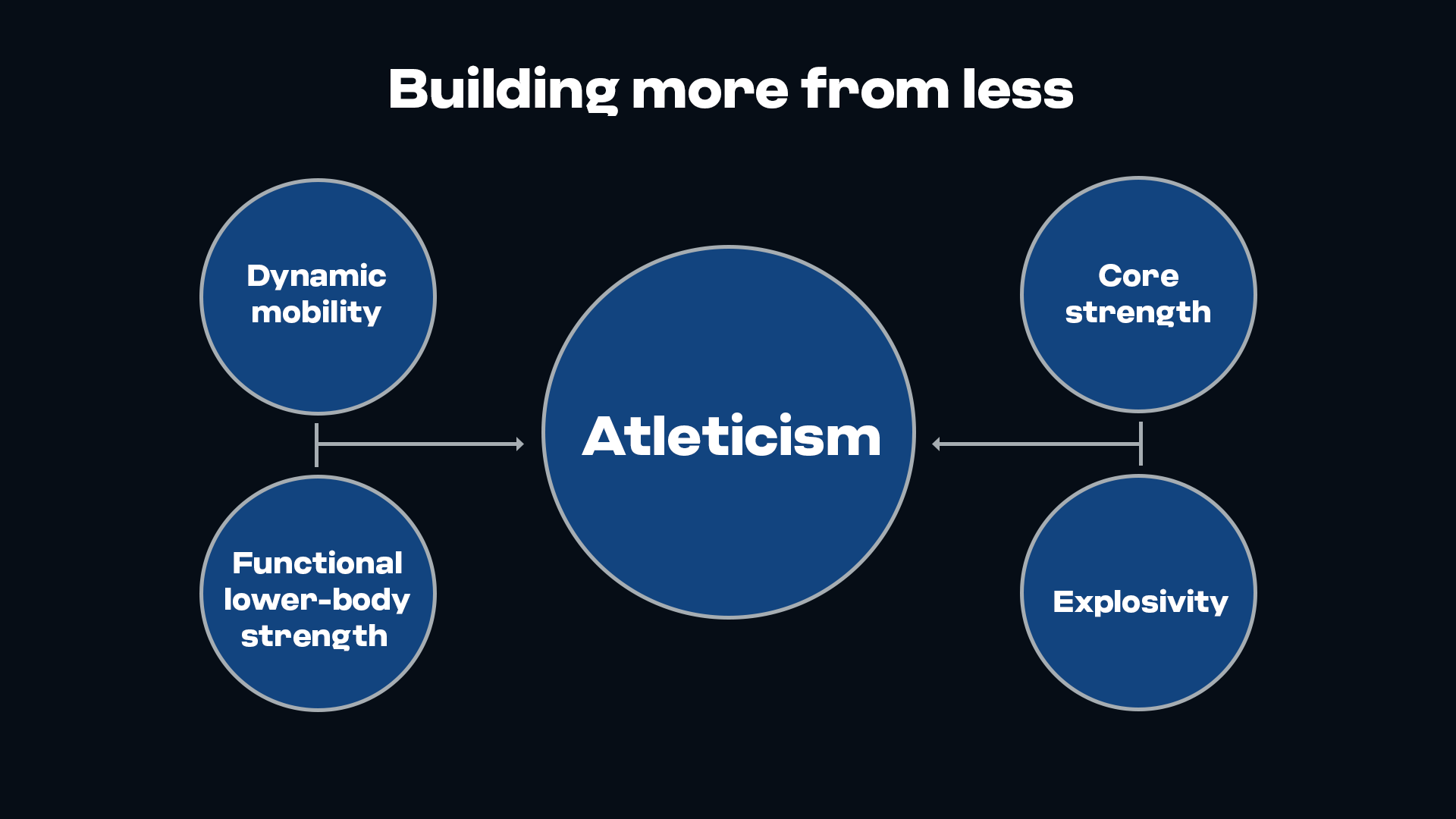
Series overview
This series highlights how targeted, intelligent training can shape the next generation of stronger, more dynamic footballers. The opening article introduces the concept of smart training, followed by a closer look at each key component supported by short, easy-to-follow exercise videos.
- Building more from less
Smart training as a key means to developing athleticism in youth players - Dynamic mobility
Foundation to promoting quality of movement and athletic expression - Core strength
The fulcrum of strength - Functional lower-body strength
Development of lower-body strength through simple bodyweight exercises - Explosivity
Development of the power components of athletic expression
NB: In this series, there is no scope to include endurance or high-speed running activities. Through the modification of numerous training variables and objectives, the essential components of athleticism, which are commonly considered to be conditioning aspects, can easily be incorporated with great effect within the context of regular football sessions rather than being worked on in isolation.
As a part of this series, we share a simple, practical start-up guide to compact sessions. The majority of the exercises featured in each area involve bodyweight loading. All of the exercises are high-value, accessible and straightforward, and they require minimal equipment.
In the next article in this series, we will discuss the foundation of athletic expression: dynamic mobility, and explore its significance in the development of youth players. We will also share some simple foundational exercises that can be performed as part of a functional movement warm-up (pre-training) and a developmental mobility warm-down (post-training).



